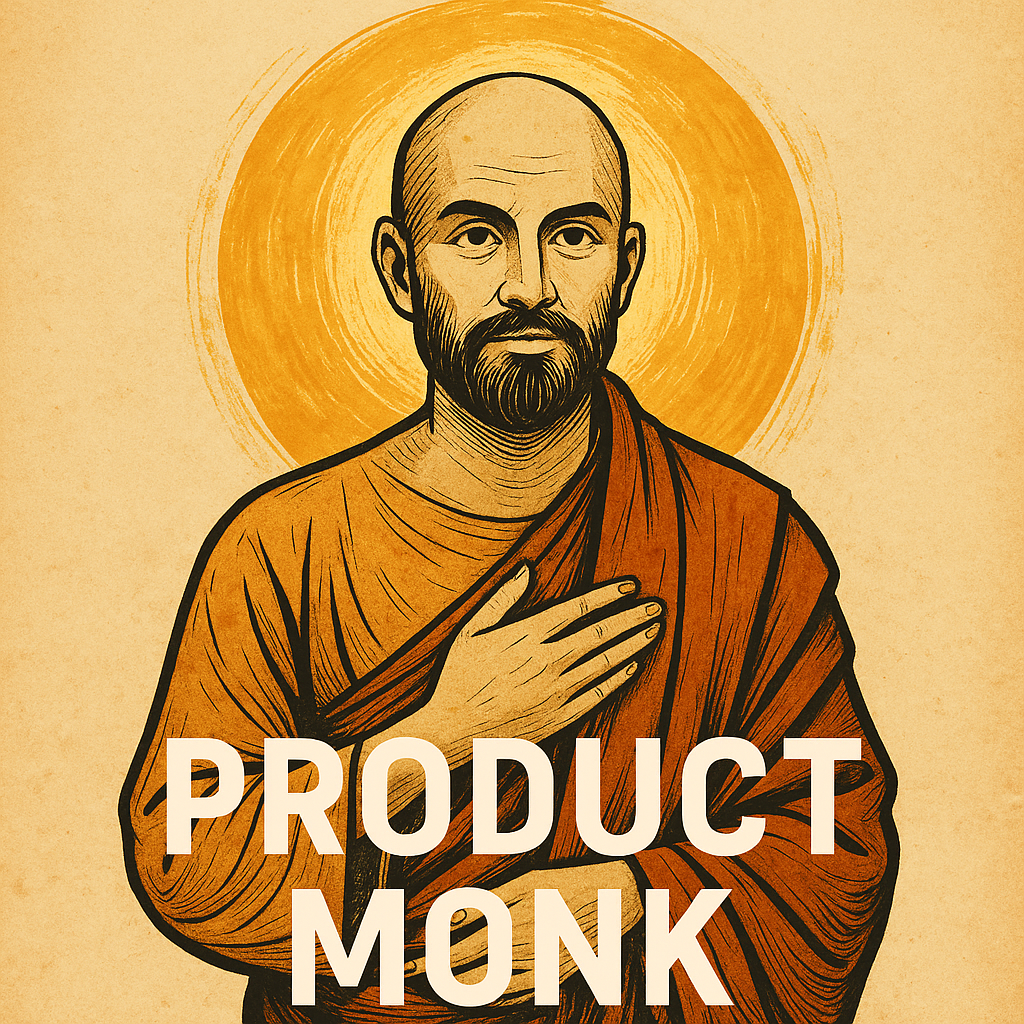
Previous AI and Product Management: BFF, Frenemy, or That New Intern You Didn’t Ask For?

“10 Lived Truths That Separate Real Product Managers From the Noise”
Collected from scars, not slides.
If you’ve ever shown up to a “customer interview” with five colleagues, nine pre-approved questions, and a $50 Amazon card, congratulations: you’ve turned what should be a human conversation into an awkward corporate performance.
Real empathy is messy. It’s that solo call where the customer spends 15 minutes ranting about a clunky workflow and then thanks you for listening. It’s not something you need a team debrief to evaluate. You know it when you feel it.
🧠 Example: Atlassian’s best early product insights came from founders answering support tickets themselves. No incentives, no guide, just raw problems from users.
We’ve all been there—someone in the meeting drops a fire analogy: “We’re like the Netflix of B2B invoicing!” and the room nods in agreement. It’s punchy. It’s clever. It’s also probably a distraction from the actual decision at hand.
Analogies are fun, but in product, clever ≠ correct. The market doesn’t care if your metaphor works—it cares if your solution does.
🧠 Example: A fintech team once delayed launching a product for 3 months because someone kept comparing it to “building a bank” and demanding bank-level compliance. Except they were launching a budgeting tool. Apples ≠ ATMs.
Some teams optimize for sounding intelligent—long words, slick slides, strategy docs that feel like Harvard essays. But the real MVPs? The ones who cut through all that and say, “Here’s what I think. Here’s why. Here’s what I’m unsure about.”
Clarity is leadership. Complexity is often just a mask.
🧠 Example: At Stripe, PMs famously write extremely concise strategy docs. No fluff, no quotes from Sun Tzu. Just focused, user-oriented thinking.
In large orgs, complaining about problems no one can fix becomes a kind of social currency. It’s safer to be the one who sees the mess than the one who quietly fixes things.
But high-agency PMs? They don’t even notice how much others complain. They’re too busy doing the unglamorous work that moves the needle.
🧠 Example: One PM at a FAANG company solved a billing issue affecting 3% of users by quietly working with 4 different backend teams over 6 weeks. Their SVP only noticed when churn dropped by 1%. No big deck. No PR. Just outcomes.
One of the most career-shifting moments for any PM is realizing that what you thought was “good” product management… wasn’t even close. Then you meet someone who’s great—and suddenly, your ambition stretches.
That moment changes everything.
🧠 Example: A junior PM shadowing a legendary product leader at Shopify realized their own bar for product discovery was child’s play. Two years later? They’re leading zero-to-one products and mentoring others.
If your calendar feels like a horror movie and every project is tangled in ambiguity, congrats—you’re doing it right. The complexity is the reason you were hired. Your job isn’t to eliminate it. It’s to bring clarity into it.
🧠 Example: In a turnaround at a Series C startup, the head of product restructured roadmaps, even while the company was hemorrhaging users. That clarity helped raise the next round. Chaos was constant. But clarity won.
The phrase “bias to action” gets misused in every org. It doesn’t mean “go fast at all costs.” It means don’t get stuck forever in planning loops. But some problems do require thought.
True product leaders know when to pause, zoom out, and think—especially when the stakes are high.
🧠 Example: A PM at Coinbase once delayed a new staking product launch by a month to conduct deeper fraud risk research. Legal hated the delay—until it saved the company $10M in potential fines.
You know what’s worse than no data? Bad data. And a survey of 57 users—mostly your superfans—is bad data.
Surveys work only when you have thousands of responses, unbiased questions, and statistical grounding. Otherwise, you’re just collecting friendly lies.
🧠 Example: One team killed a feature because “70% of users said they didn’t need it” on a tiny Typeform survey. Turns out, the other 30% were enterprise clients paying $500K+ per year. Oops.
You can’t Coursera your way to product intuition. There’s no bootcamp badge that makes you better at saying no, prioritizing bets, or finding real insights.
Craft comes from reps, feedback, and surviving the chaos long enough to see patterns.
🧠 Example: A project manager with no PM certs transitioned to product at a SaaS company by doing user interviews, creating mockups, and pitching a pricing revamp that saved churn. No slides. Just results.
You iterate on everything except yourself. Why?
Your career is your most important long-term product. It deserves roadmapping, user feedback, MVP experiments, and yes—pivots when things stall.
🧠 Example: A mid-career PM stuck in enterprise pivoted to climate-tech by writing public teardown notes on green tech products. It got them noticed. They now lead product at a mission-driven startup.
You can copy, share, remix this anywhere: 👉 https://penome.com/the-gospel-of-product-monk